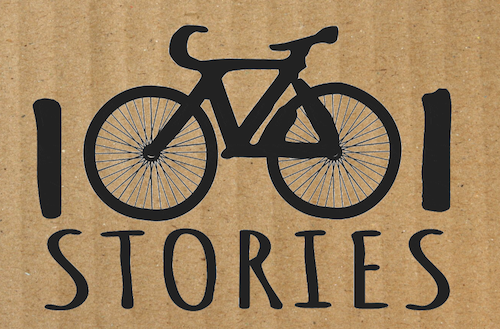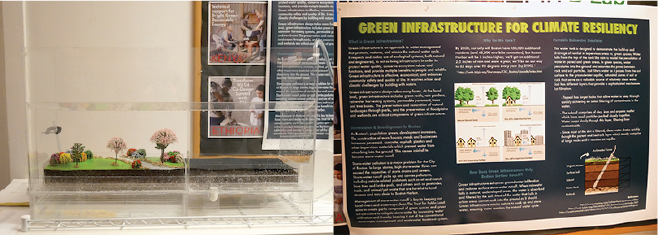Students were required to complete a term project on water, climate change, and health solutions in teams or individually. Students decided on the format—a model, a video, a website, an app, a proposal, an artistic expression, a research paper, a competition entry. This can take any form. Each person or team received close mentoring as projects evolved. Every class project had three deliverables, one per month of the term.
At the end of the course, the D-Lab Showcase featured all the spring term D-Lab class projects. This was an opportunity to present the “final” version of the term projects. Course instructors and peers provided feedback on student work.
This page contains a sampling of some of the student projects completed during the Spring 2019 version of this course. Past student projects are also available.
1001 Stories

Devi Lockwood spent four years before coming to MIT recording audio stories about water and climate change. Her goal is to collect 1,001 total stories; currently, she has 850+ stories recorded from six of the seven continents. As a current student in the MIT Graduate Program in Science Writing, she took D-Lab: Water, Climate Change, and Health as an elective credit.
Although this work began before she came to MIT, she says that only at MIT was she “able to launch” the project with a website, since she didn’t have the technical skills necessary to create the site. This is where her classmate, Jeff DelViscio, came in. A Knight Science Journalism Fellow at MIT, he has extensive experience in digital storytelling. Along with digital media designer Anna Chung and Boston-based multimedia storyteller Samia Bouzid, they launched their site on Earth Day 2019.
View the project at 1001 Stories.
Pop-Up Green Infrastructure
This rainwater simulator demonstrates the effect of impervious surfaces versus green space in the water cycle. Water rains down from the top of the demonstration. On the right is a display of asphalt landscape and on the left is a display of a park. As water falls, it collects on the right side until it is able to escape through the single hole representing a sewer system. On the left, however, water falls quicker through multiple holes and becomes groundwater instead of entering the sewage system.
The simulator was designed for pop-up exhibits for an organization designing green spaces for underserved communities in the greater Boston area.

Demonstration of the simulator presented at the D-Lab Showcase (left) and accompanying poster (right).
Seabin in New England
Jeff Tedmori is a graduate student in the MIT Sloan School of Management. He has long been interested the problem of ocean pollution, so for his D-Lab project, he thought of the Seabin Project with whom he had previous worked. Seabins are devices designed to remove microplastics and other microfibers from ocean water. Microplastics are fragments measuring less than 5 mm in diameter.
He worked with an organization that educates youth about ocean plastics to build a curriculum around Seabins that builds an understanding of microplastics. Because microplastics are so small, it can be hard to raise awareness about them as you cannot see them easily. Although the organization has many topics organized around ocean health, this curriculum was specifically designed to help youth realize the impact of microplastics through the use of Seabins.










